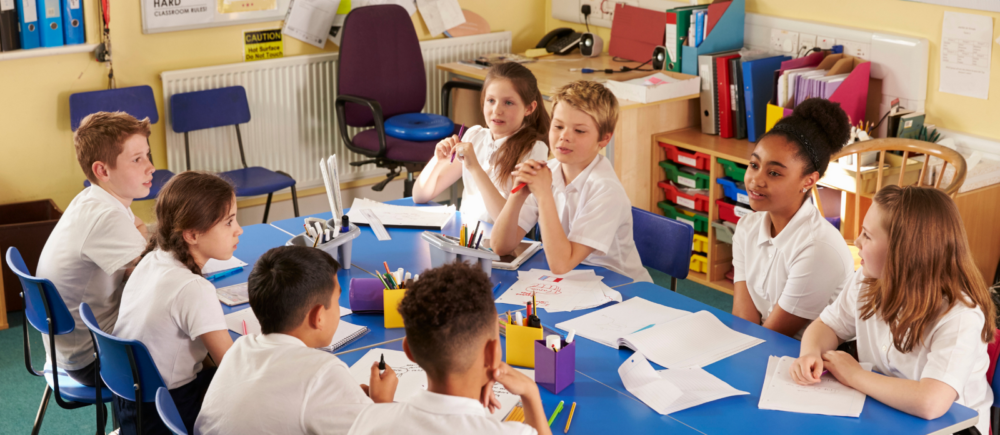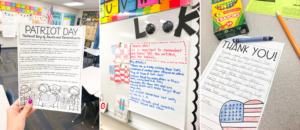
As teachers, we’re constantly in the mode of offering supportive and positive feedback to our students. But when we’re not specific with our feedback, it becomes less valuable for our students.
I was made aware of this early on in my teaching career by one of my mentor administrators. She was observing me per my request to offer me feedback on how I structured my math lesson. I remember her asking me, “Do you know how many times you said ‘good job’?”
It wasn’t until that moment that I realized how much I overused it and how meaningless it was to my students. My mentor recommended that I be more specific with my feedback to my students and to connect what they said to what we were learning about.
That was the best piece of advice to acquire early in my teaching career.
Since then, I’ve made a concerted effort to be intentional with my feedback and make sure that it was meaningful feedback.
Here are 10 stems (with examples) you can use to help you frame meaningful feedback to your students during whole group instructions or collaborative conversations.
Meaningful Feedback Stems for Teachers
| Thank you! I appreciate how you ___. | Thank you! I appreciate how you used academic vocabulary in your response to explain one cause and effect of the American Revolution. |
| You did it! What I hear you saying is ___ which connects to the question because ___. | You did it! What I hear you saying is the denominators should both be 10 which connects to the question because we’re trying to identify the steps of adding fractions with unlike denominators. |
| Wow! The way you ___ clearly shows how you understand ___. | Wow! The way you used evidence from the text and quoted the main character clearly shows how you understand how the character has changed throughout the story. |
| You are showing what you know. Your answers show that you’re meeting the learning goal because ___ | You are showing what you know. Your answers show that you’re meeting the learning goal because you stated your claim with supporting evidence. |
| Your hard work is paying off. ___ is an effective way to explain ____. | Your hard work is paying off. Describing the reaction using if/then statements is an effective way to explain how the oil will react to the water. |
| Thank you for using __ in your answer! | Thank you for using part of the question in your answer. |
| ___ is a clear way of explaining your thinking. | Restating and citing evidence from the text is a clear way of explaining your thinking. |
| You helped me understand your level of understanding when you said ___ | You helped me understand your level of understanding when you said the 7 was in the thousandths place. |
| ___ is an effective explanation of ___. Bravo! | Using compare and contrast words like “alike” and “similar” is an effective explanation of how the two themes are related. Bravo! |
| Your use of ___ in your answer shows that you are meeting the learning goal/success criteria. | Your use of the word “justify” in your answer shows that you’re meeting the learning goal. |
I’ve also made these into a bookmark. Click here for your free copy. You can print it out and place it with your lesson plans to help you remember to use them.




